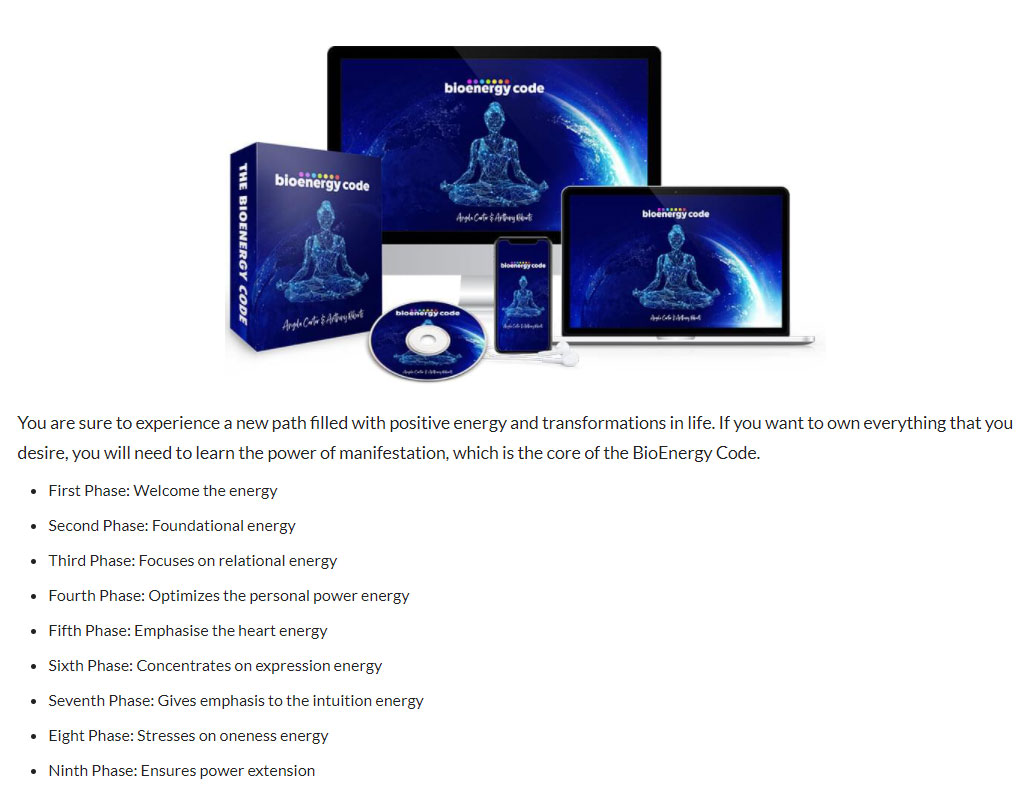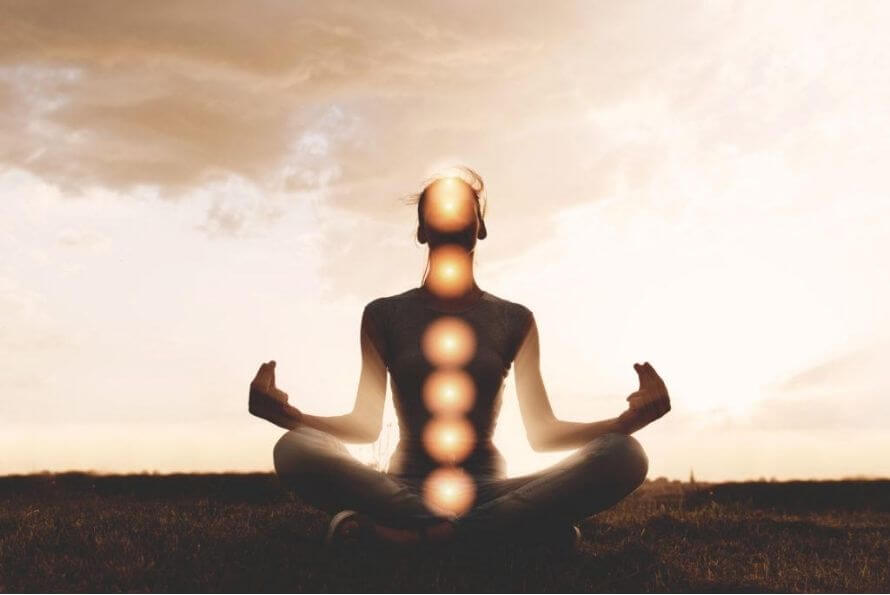The 7 chakras meaning
You've no doubt heard the expression "open your chakras" before, but it seems strange and vague to you. Chances are, like most people, you don't know exactly what the chakras really are.
This is why we have taken the time to write a Chakra Guide for you with everything you need to know about these energy points in your body as a beginning yogi.
What is a chakra?
There are seven important energy centers in your body. These are known as Chakras.
Chakra is a word that comes from Sanskrit and literally means "wheel". So you can think of a Chakra as a vortex that allows energy to flow through your body, or in other words, a "wheel that turns with energy".
In fact, there are hundreds more of these energy centers in our body, but we are now focusing on the seven most important points.
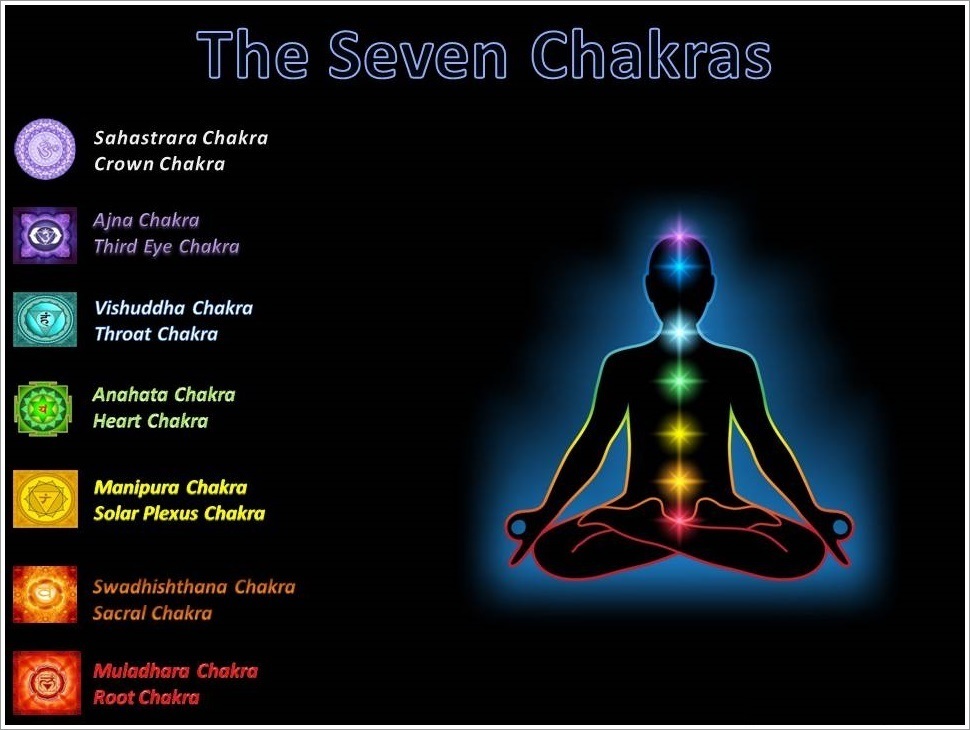
The seven chakras
You can describe the seven chakras in different ways. Each of the seven "energy vortexes" has different properties associated with a particular area of the body.
To keep our lives in balance and not get sick, depressed, anxious, sad, etc., we need to make sure that the chakras are not broken and that energy can flow properly through the body.
Below is an overview of the seven most important energy points in the body and what they represent.
The First Chakra
The first chakra is also called the root chakra or coccyx chakra. In Sanskrit it is called Muladhara. Muladhara makes you feel stable. You are anchored and feel secure. By having a good contact with the earth, you feel safe.
The Second Chakra
The second chakra is also called the sacred chakra. It is located just below the navel, near the sacrum. In Sanskrit, it is also called Svadhistana. Svadhistana means the expression of emotions, relationships, movement, sexuality and creativity.
The Third Chakra
The third chakra, also called the navel chakra or solar plexus chakra (Solaris Plexus). In Sanskrit, it is also called Manipura. Happiness, energy, self-esteem and self-control are essential. The power to achieve what you want. As soon as Manipura is in balance, you can be there for yourself and for someone else.
The Fourth Chakra
The fourth chakra, also called the Heart chakra, is located in the heart region. In Sanskrit it is also called Anahata. This energy point represents love, kindness to yourself and others, security, trust, hope and the search for balance. "I love and am loved" is central.
The Fifth Chakra
The fifth chakra, also called the throat chakra, is located in the region of the vertebrae of the neck and larynx. This fifth chakra is located near the thyroid gland, so metabolism plays a major role in this chakra. In Sanskrit, the fifth chakra is also called the Vishuddhi. It means cleansing. The moment you tell yourself what you need, there will be a cleansing of your body.
The Sixth Chakra
The sixth chakra is also called the forehead chakra. It is also called the third eye chakra because it is located just above and between the eyebrows. In Sanskrit it is called Ajna, which means to know. Awareness plays a big role in consciousness and the choices you make in life.
The Seventh Chakra
The seventh chakra, also called the crown chakra, is located in the crown area. It is the last of the row of 7 which ensures that your energy can flow optimally through your body.
Since we are talking about the last chakra here, it is not surprising that the seventh chakra brings unity. In Sanskrit, this energy point is also called Sahasrara. It symbolizes a lotus flower with thousands of petals. These again represent a unity of all different aspects.

How do I know if the chakras are open?
In alternative medicine, it is said that the body's chakras can become unbalanced due to negative thoughts, poor nutrition and other environmental factors.
Opening the chakras means that you restore balance in the chakras so that energy can flow properly through the body again and you don't feel sick, sad, anxious or depressed.
Blocked or weakly open chakras
One of the chakras most often blocked or unbalanced is the first chakra. This often leads to fear and insecurity in people.
The problem being that the root chakra is essential, it is your "base chakra". When it is out of balance, it causes the other energy points in your body to function less well. Indicators of a weak root chakra :
• Lack of physical energy.
• Emotional instability. When things are going well, you feel good too, but when things don't go as planned, you feel anxious, insecure and uncomfortable.
• Lack of confidence and initiative.
• You believe that money can bring you security.
• Physical signs: eating disorders, leg and foot pain, weakened immune system.
How to develop your chakras?
One of the main reasons we practice yoga and meditation is to keep our body and mind in balance.
All postures and techniques have been developed to stimulate certain parts of the body so that energy can flow through them properly. In other words... to open the chakras.
One of the easiest ways to do this is through breathing. If you breathe shallowly and quickly, you are not using the full capacity of your lungs.
This is because the breath does not reach the lower part of your pelvis at the level of your first chakra, causing it to become unbalanced.
Shallow, high chest breathing creates fear, insecurity and stress. You are giving your subconscious mind a signal that you are on the run and that you should fear for your life.
This is especially true when you consider that you feel anxious because your breathing does not reach the lower chakra.
If you feel anxious and insecure, it means that your first chakra is out of balance, as I explained above.
Whereas if you send the breath into the pelvis, your subconscious mind will receive a signal that you can calm down and concentrate. As a result, you are less worried and anxious.
In addition, there are many Yoga exercises that you can do to stimulate the flow of energy through the chakras and to better direct the breath into them, in order to strengthen the functioning of the chakras.
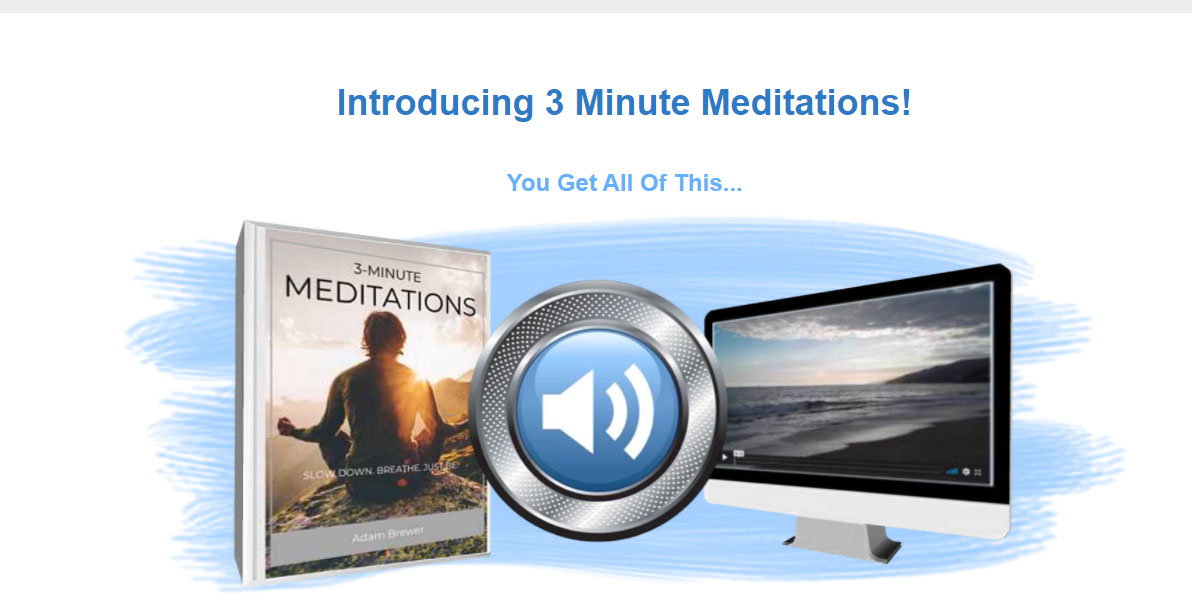
Exercises to open the chakras
You can do different exercises to open the first chakra or to bring it back into balance.
You can stimulate the hump or root chakra by doing exercises that allow you to reconnect to the earth or strengthen your legs.
Other exercises also work if they make you feel calmer, more patient and a willingness to be in less of a hurry and stay put. You can find these effects in many yoga postures or during your meditation sessions for example.
Chakra Yoga
Stimulating the chakras is exactly what you do when you do Chakra Yoga. In fact, every yoga teacher should have the functioning of the chakras in the back of their mind when they give a lesson.
In principle, you always work with the chakras in yoga. The only difference is that they are not often mentioned by teachers, because they are still very little known and unclear to people.
In Chakra Yoga, the people who participate are consciously open to the chakras and their workings.
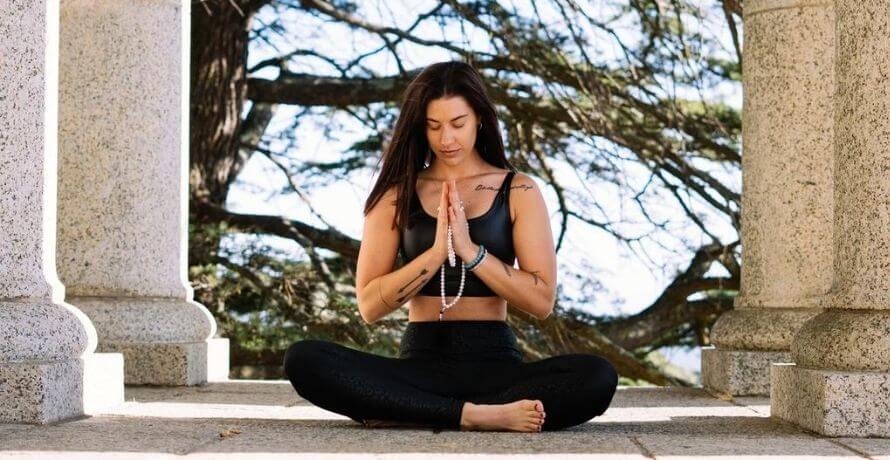
Meditation to open your chakras
In addition to chakra yoga, you can also do a meditation to open or rebalance your chakras.
In meditation, you focus primarily on the area where this energy wheel is located and direct the breath towards it. This practice will allow you to harmonize the body's energies more easily.
Now, this is of course a simple explanation, but that is what the essence of meditation is all about. You can also use certain visualizations to stimulate the functioning of the chakras.
There is also meditation with the natural stones of lithotherapy. Each stone has a favorite chakra.
Conclusion
We hope this article will help you understand what chakras are and how they work.
Now you won't have to give your yoga teacher a weird look if he or she starts talking about them. Just be "open-minded" and see how the exercises affect your body and mind.
